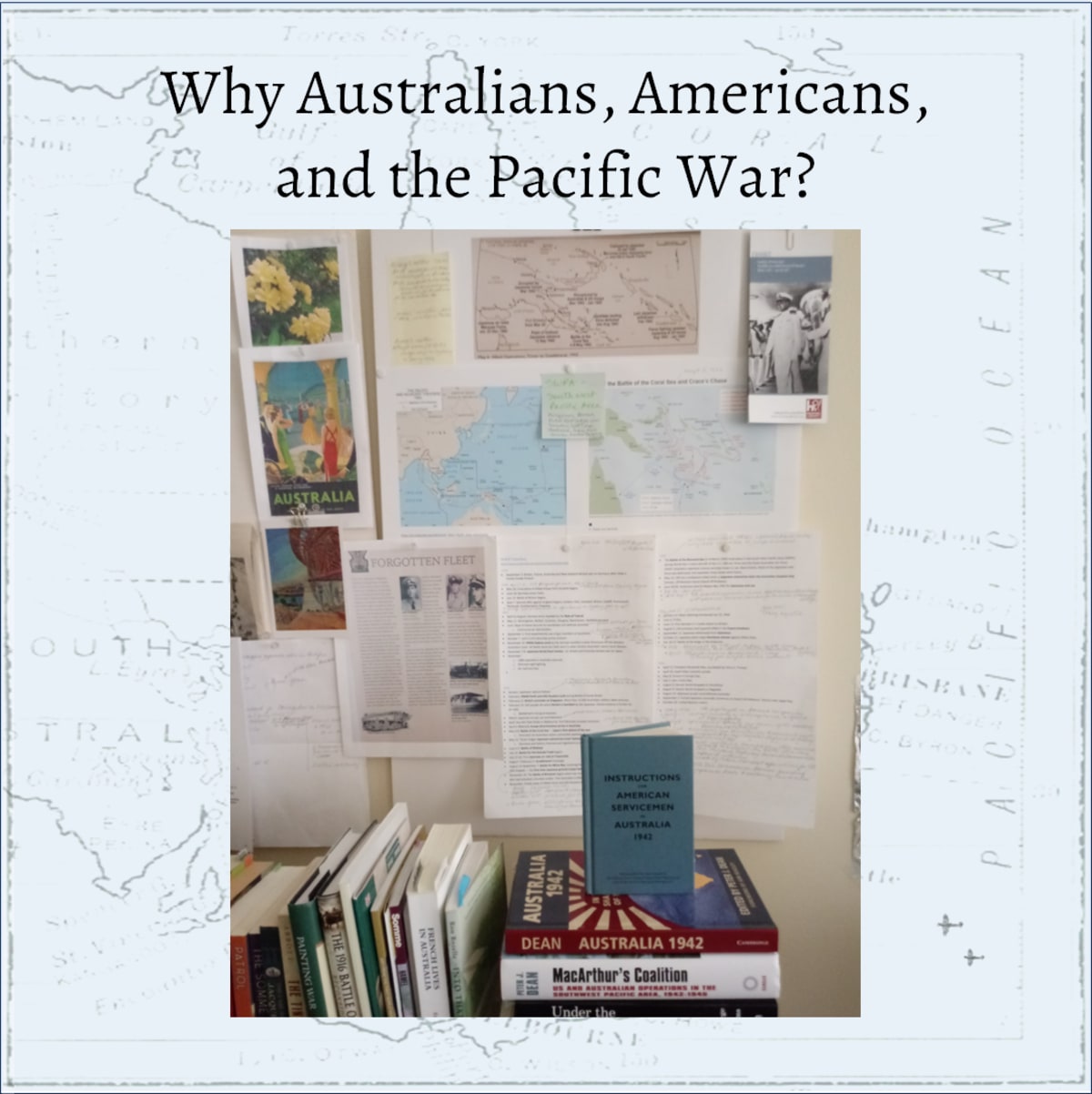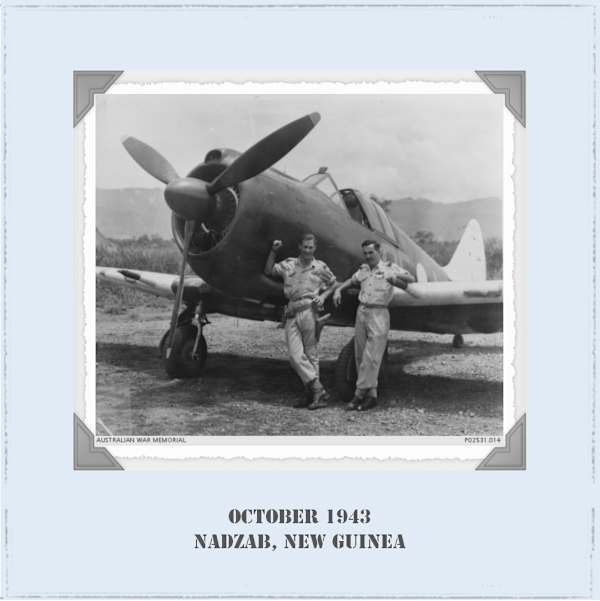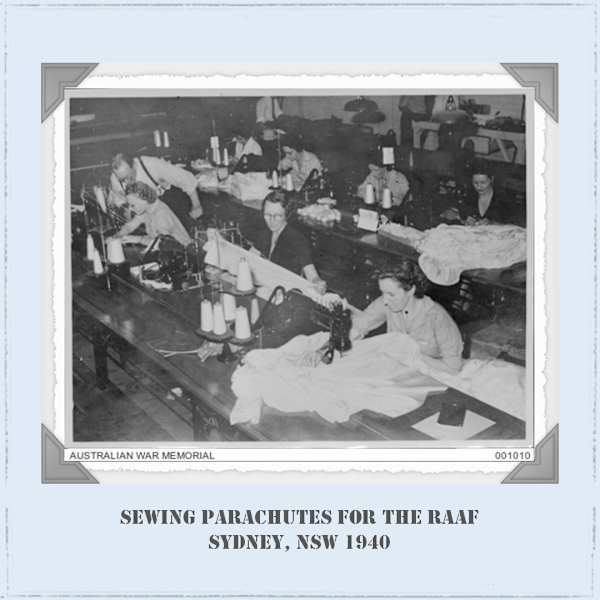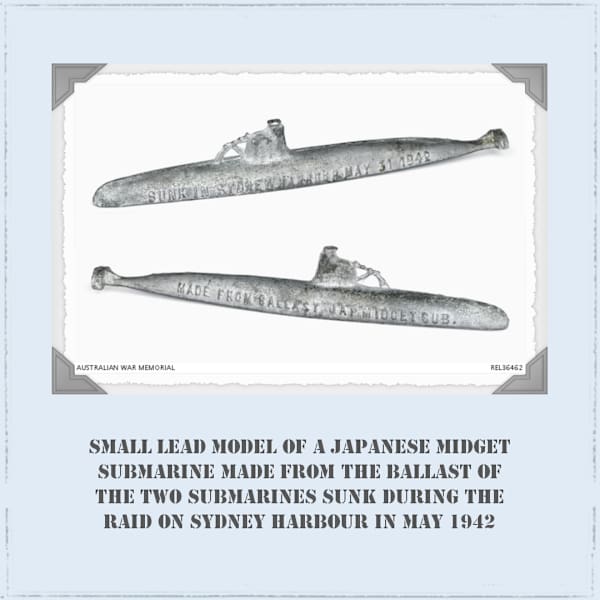I'd already dreamed up an American nurse and an Australian soldier for Dare Not Tell. Why not continue their story? And because the writing and research gods smiled on me with these photos. I mention in the Afterword of The Bravest Soldiers that the Australian War Memorial is a literal trove of visual treasures. Their collections of art and photographs have been pure inspiration for both books.
Americans and Australians have a long history together. After Pearl Harbor was bombed on December 7, 1941, hundreds of thousands of US personnel were sent to Australia first before they went on to the many battles against the Japanese in the Pacific. US General Douglas MacArthur, Supreme Commander of the Allied forces in the Pacific, had his headquarters in Brisbane.
In Dare Not Tell, the American student who climbed Mont Blanc with Australian soldiers during WWI writes “Instructions for American Servicemen in Australia” during WWII.
Just like in England, the Yanks were overpaid, oversexed, and over here. So the opportunity for tension between American and Australian men bubbling over into brawls and fights definitely existed. On the other hand, over 10,000 young Australian women married American servicemen and emigrated to the US at the end of the war.
The Bravest Soldiers begins a few weeks after Dare Not Tell ends, with the Parkers returning home to Sydney from France (with Marianne Ryan and Sophie’s mother Lily) two days before WWII is declared. Their sons Sam and Jean-Luc enlist – Sam in the RAAF and Jean-Luc in the Australian army. Given that Sophie and Joe have only just laid their own ghosts from WWI to rest, their sons going to war will stir up every emotion and fear known to parents.
Here's Sam Parker... Sam joins the RAAF in May 1940, and will eventually fly an Australian-built Boomerang aircraft like this one. For what it’s worth, the young man on the left looks pretty much exactly as I’ve imagined Sam looks.
Photo and description from https://www.awm.gov.au/collection/C332329
Here's Jean-Luc Guy... Sophie’s godson/adopted son Jean-Luc (the toddler Joe rescued in Dare Not Tell) fought with the Australian army during WWII. Jean-Luc enlisted in the 2/14th Infantry Battalion of the 7th Division, which fought with Free French, British, Indian, and Czechoslovakian forces against the Vichy French in Syria-Lebanon. After the Australians and the allies successfully defeated the Vichy French, the British requested the Australians be sent to Burma. The Australian government refused and sent the bulk of the 7th home instead, citing the need to defend Australia.
The 7th Division was often called "The Silent Seventh“ because its achievements in Syria-Lebanon were largely overshadowed by Australia’s role in North Africa, specifically by the far more well-known exploits of the Rats of Tobruk. However, the 7th was one of only three division to fight in both the Middle East and Pacific theaters.
Photo and description from https://www.awm.gov.au/collection/C30138. Australian troops plough through the mud at Milne Bay shortly after the unsuccessful Japanese invasion attempt.
And here's Marianne Ryan... Can you find her in this photo of women sewing parachutes for the Royal Australian Air Force?
Last, but not least, one of my favorite photos... On May 31, 1942 WWII came to Australia’s shores in the form of three Japanese midget submarines. One of them shelled Bondi Beach, but the boom net caught it and the crew killed themselves rather than be caught. The second submarine fired two torpedoes at an American ship in Sydney Harbour. The torpedoes missed the ship, but one of them hit and sank a ferry that was being used as a depot. The other torpedo exploded on the eastern shore of Garden Island, but there were no Australian casualties. The third midget sub disappeared out to sea.
Postcards and souvenirs of the salvaged subs, such as the small lead models in the photo, and envelopes containing bits of insulation from the subs, toured Australia to raise money for the war effort and the Royal Australian Navy.
Photo and description from https://www.awm.gov.au/collection/C1202363: Small lead model of a Japanese midget submarine made from the ballast of the two submarines sunk during the raid on Sydney Harbour in May 1942. It features the wording, 'MADE FROM BALLAST JAP MIDGET SUB.' on one side, and 'SUNK IN SYDNEY HARBOUR MAY 31 1942' on the other.
There's more, but that's a story for another day.
What inspires you? I'd love to know!




